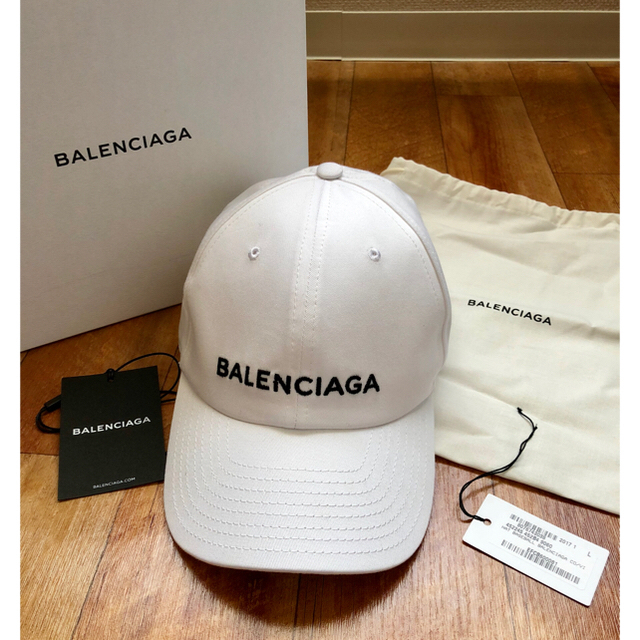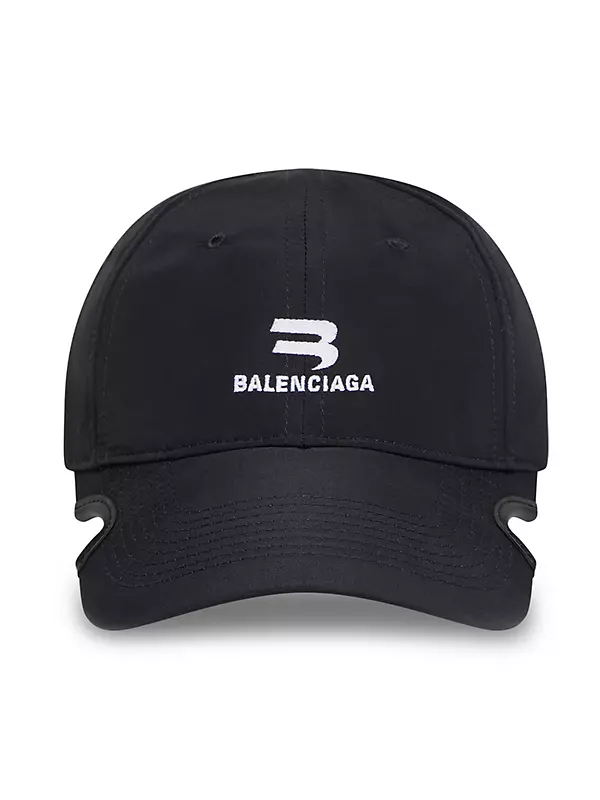BALENCIAGA キャップ
(税込) 送料込み
商品の説明
カラー*ブラック
サイズ*L58
後ろ部分が金具タイプの希少なものになります。
サイズ調整可能です。
付属品*箱、保存袋、紙タグ、写真10枚目の紙
バレンシアガ公式オンラインショップにて購入
多少の色褪せがありますが、写真程は目立たないかと思います。
箱が大きいので、必要のない場合は送料分お安く出来ますので一言お願い致します。
ハイブランド 帽子商品の情報
| カテゴリー | レディース > 帽子 > キャップ |
|---|---|
| ブランド | バレンシアガ |
| 商品の状態 | やや傷や汚れあり |

楽天市場】バレンシアガ キャップ 帽子 クラシック ベースボール

楽天市場】バレンシアガ BALENCIAGA キャップ ブラック ベースボール

楽天市場】バレンシアガ BALENCIAGA 帽子 キャップ ベースボール

Balenciaga バレンシアガ Paris City キャップ | www.innoveering.net

balenciaga キャップ bfrnd 着用 | フリマアプリ ラクマ

Balenciaga Cap in White/black

最新作好評 BALENCIAGA バレンシアガ ベースボールキャップの通販 by

Balenciaga キャップ で ブラック | Balenciaga JP

バレンシアガ キャップ-connectedremag.com

Balenciaga Paris Logo Cotton Cap - Farfetch

アディダス バレンシアガ キャップ 帽子 | www.innoveering.net

BALENCIAGA Cap Cotton Grey Hat Logo Embroidery Baseball Cap | eBay

Men's luxury cap - Balenciaga navy blue cap with white logo

BALENCIAGA Logo Baseball Cap Hat Black Hook and Loop Size L 58

FHTH Balenciaga Cap – From Head To Hose

メンズ's スカーフ・キャップ | Balenciaga JP

100%新品人気】 BALENCIAGA バレンシアガ キャップ MqPiv-m47263904992

中古・古着通販】BALENCIAGA (バレンシアガ) キャップ ブラック 17AW

大人気【Balenciaga】バレンシアガロゴ 刺繍 キャップ ブラン

バレンシアガキャップ CREW BALENCIAGA - キャップ

Balenciaga Releases Light Grey Logo Baseball Cap | Hypebae
バレンシアガ キャップ ベースボールキャップ 帽子 680738410B21077

Balenciaga Logo Cap White/Black - SS21 - US
バレンシアガ BALENCIAGA キャップ ブラック ベースボールキャップ

激安大特価 Balenciaga - balenciaga キャップ バレンシアガの通販 by

関税込】注目◇YEEZY GAP ENGINEERED BY BALENCIAGA キャップ

Shop Balenciaga Balenciaga Cap | Saks Fifth Avenue

BALENCIAGA バレンシアガ 19AW 531588 310b2 1077 HAT LOGO VISOR ロゴ 刺繍 キャップ ブラック系 58【中古】

Gucci x Balenciaga The Hacker Project Cap Charcoal Grey in Canvas - US

Shop Balenciaga Sporty B Tracksuit Cap | Saks Fifth Avenue

Balenciaga キャップ 【公式ショップ】 49.0%割引 www.coopetarrazu.com

日本発送☆BALENCIAGA☆大定番♪人気ロゴキャップ (BALENCIAGA

楽天市場】バレンシアガ BALENCIAGA キャップ ツバロゴ ブラック
バレンシアガ BALENCIAGA キャップ メンズ レディース クラシック

メンズ's スカーフ・キャップ | Balenciaga JP

FHTH Balenciaga Cap – From Head To Hose

BALENCIAGAキャップ愛用 KPOPスター ホワイト編 | 「ボチボチ韓流

バレンシアガ キャップ(メンズ)の通販 1,000点以上 | Balenciagaの

Balenciaga Logo Cap Black/White - SS21 - US

100%新品人気】 BALENCIAGA バレンシアガ キャップ MqPiv-m47263904992










商品の情報
メルカリ安心への取り組み
お金は事務局に支払われ、評価後に振り込まれます
出品者
スピード発送
この出品者は平均24時間以内に発送しています














